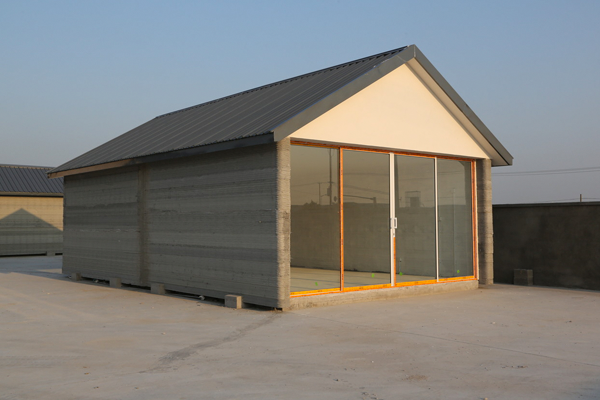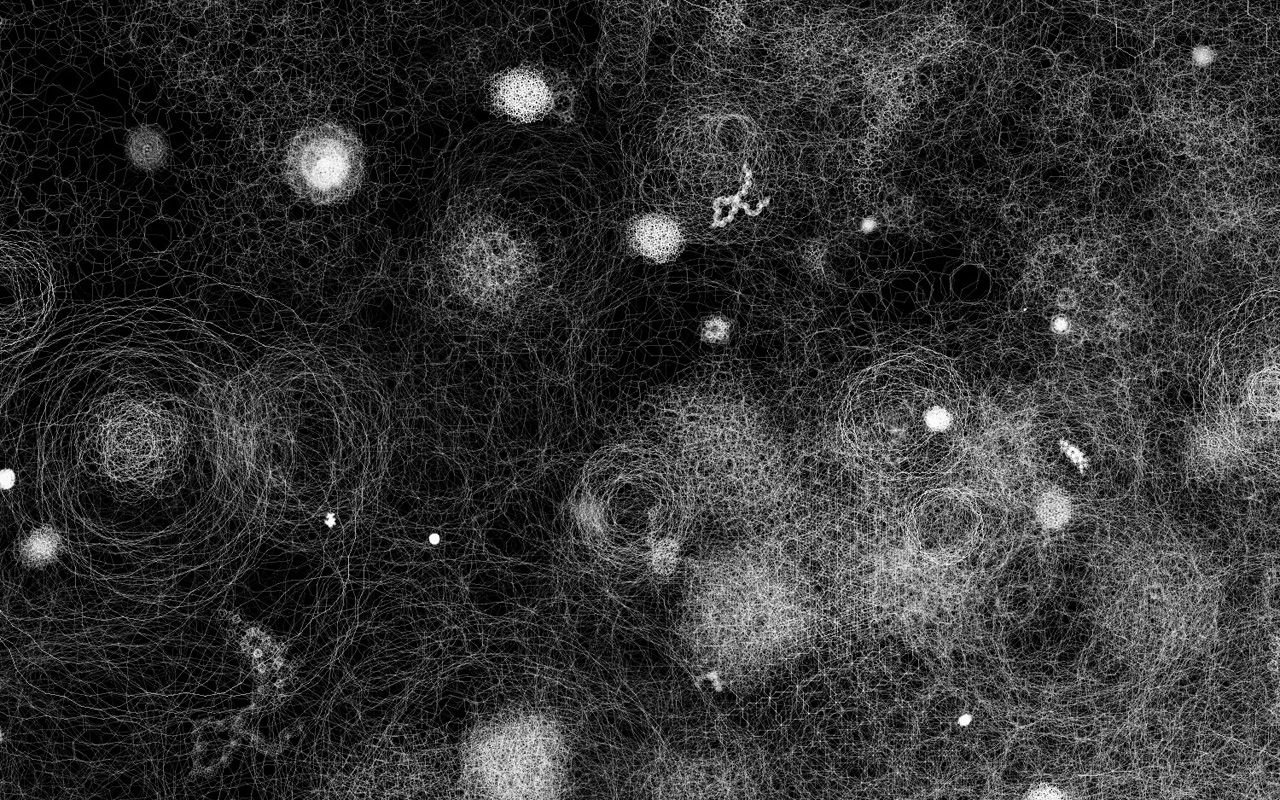This is the fifth in a series of six articles looking at the future of experience design for emerging technologies — including the Internet of Things, robotics, genomics / synthetic biology, and 3D printing / additive fabrication. The first four Future of Design articles were: Emerging Technologies, Genomics and Synthetic Biology, Robotics and the IoT.
Additive fabrication—more popularly known as 3D printing—is a process of creating a three-dimensional object by printing one miniscule layer at a time, based on a computer model. This flexible technology can use a wide variety of substrates including plastic, metal, glass, and even biological material. Custom production using additive manufacturing techniques promises to disrupt many industries, from construction to food to medicine. Possibilities for this technology range from immediately practical applications such as printing new parts just-in-time to fix a broken appliance; to controversial, uncomfortable realities, including generating guns on demand; to hopeful and futuristic methods, perhaps the ability to create not just viable human tissue, but complete, working organs, which could be used in transplants or for the testing of new drugs and vaccines.
Disrupting the Construction Industry
Today, additive fabrication is already changing architecture and construction. In April 2014, WinSun, a Chinese engineering company, reported that it can construct 10 single-story homes in a day by using a specialized 3D printing technology that creates the main structure and walls using an inexpensive combination of concrete and construction waste materials.

The walls of this house were constructed using a massive construction-grade 3D printer. (Photo courtesy WinSun.)
Changing Healthcare
In the field of health, the work of roboticist Easton LaChapelle represents the change made possible by additive fabrication in medical-device prototyping and production processes. The 17-year-old wunderkind has created an ultra-light, fully functioning prosthetic arm whose parts can be 3D-printed for about $500. Traditionally manufactured prosthetic arms that are currently available can cost upward of $80,000. LaChapelle’s prosthetic arm is controlled using an EEG headset, which measures brainwaves and communicates with the arm wirelessly via Bluetooth.
At the Business Innovation Factory BIF9 conference in Providence, Rhode Island, held in September 2013, LaChapelle demonstrated his invention and discussed his amazing progression through the design and prototyping phases. The first generation of the product LaChappelle created was a robotic hand, made of Lego bricks, surgical tubing, and five servo motors. He created the second-generation robotic arm by using 3D-printed parts and a Nintendo Power Glove. Now in its third generation, the arm is made almost entirely of 3D-printed parts, and most dramatic of all, it has human strength. While LaChapelle has not made the leap from prototype to a manufacture-ready device, it’s easy to imagine the potential for disruption in the market it represents.
A Revolution in Prototyping
From a process standpoint, LaChappelle’s methods in designing and engineering the prosthetic demonstrate the speed at which ideas can move from a designer’s imagination to becoming something real and testable. Even though prototyping has always been a part of the designer’s toolkit, additive fabrication makes it possible to apply the same rapid and flexible process of ideation, creation, testing, validation, and iteration to physical products that used to be reserved for the realm of digital development.
Designing for Emerging Technologies
If you're interested in further exploration of this topic, check out "Designing for Emerging Technologies", coming from O'Reilly Media this December, a project on which I was honored to serve as editor. In this book, you will discover 20 essays, from designers, engineers, scientists and thinkers, exploring areas of fast-moving, ground breaking technology in desperate need of experience design — from genetic engineering to neuroscience to wearables to biohacking — and discussing frameworks and techniques they've used in the burgeoning practice area of UX for emerging technologies.
The article header image is an algortithmically generated artwork, created especially for the "Designing for Emerging Technologies" project by Seth Hunter.
